Maxfield Parrish - an Iconic American Artist
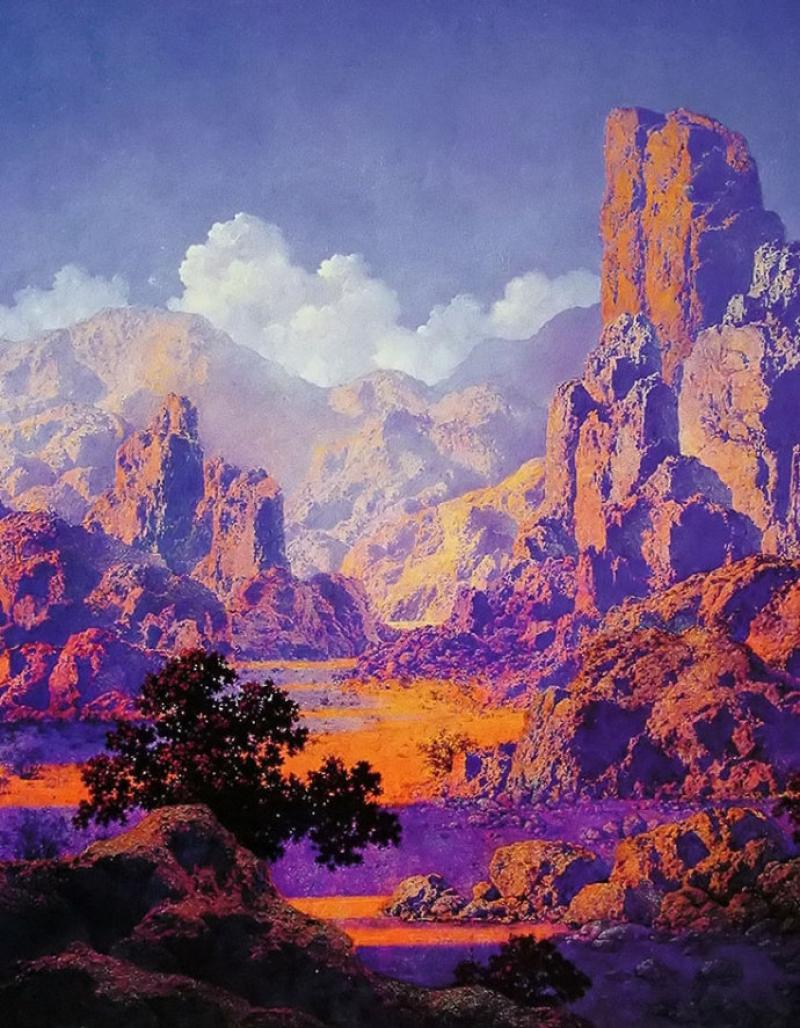

Maxfield Parrish - an Iconic American Artist
Parrish at the age of 26
From Wikipedia:
Maxfield Parrish (July 25, 1870 – March 30, 1966) [born in Philadelphia] was an American painter and illustrator active in the first half of the 20th century. He is known for his distinctive saturated hues and idealized neo-classical imagery. His career spanned fifty years and was wildly successful: his painting Daybreak is the most popular art print of the 20th century.

Daybreak , 1922 by Maxfield Parrish
Daybreak is one of the two original beautifully framed Maxfield Parrish prints that my ex-wife and I had discovered at a flea market in Cape Cod. The vendor was just pulling them out of a box and we asked how much he wanted for them. Obviously he had no knowledge of their value and said $15 each. I offered him $25 for the pair and we got them. As we were walking out of the flea market holding them we were stopped three times by other vendors asking if they could buy them from us, but they became a wonderful enhancement of our dining room. The prints were about 30 inches wide. The other print we got was The Garden of Allah.

The Garden of Allah
The colours and technique he used were exceptional.
From Wikipedia:
Parrish's art is characterized by vibrant colors ; the color Parrish blue was named after him. He achieved such luminous color through glazing . This process involves applying alternating bright layers of oil color separated by varnish over a base rendering. Parrish usually used a blue and white monochromatic underpainting .
Parrish used many other innovative techniques in his paintings. He would take pictures of models in black and white geometric prints and project the image onto his works. This technique allowed for his figures to be clothed in geometric patterns, while accurately representing distortion and draping. Parrish would also create his paintings by taking pictures, enlarging, or projecting objects. He would cut these images out and put them onto his canvas. He would later cover them with clear glaze. Parrish's technique gave his paintings a more three-dimensional feel.
The outer proportions and internal divisions of Parrish's compositions were carefully calculated in accordance with geometric principles such as root rectangles and the golden ratio . In this Parrish was influenced by Jay Hambidge 's theory of Dynamic Symmetry.
More about his life, career, fame and influences in Wikipedia:
Some of his incredible artworks:

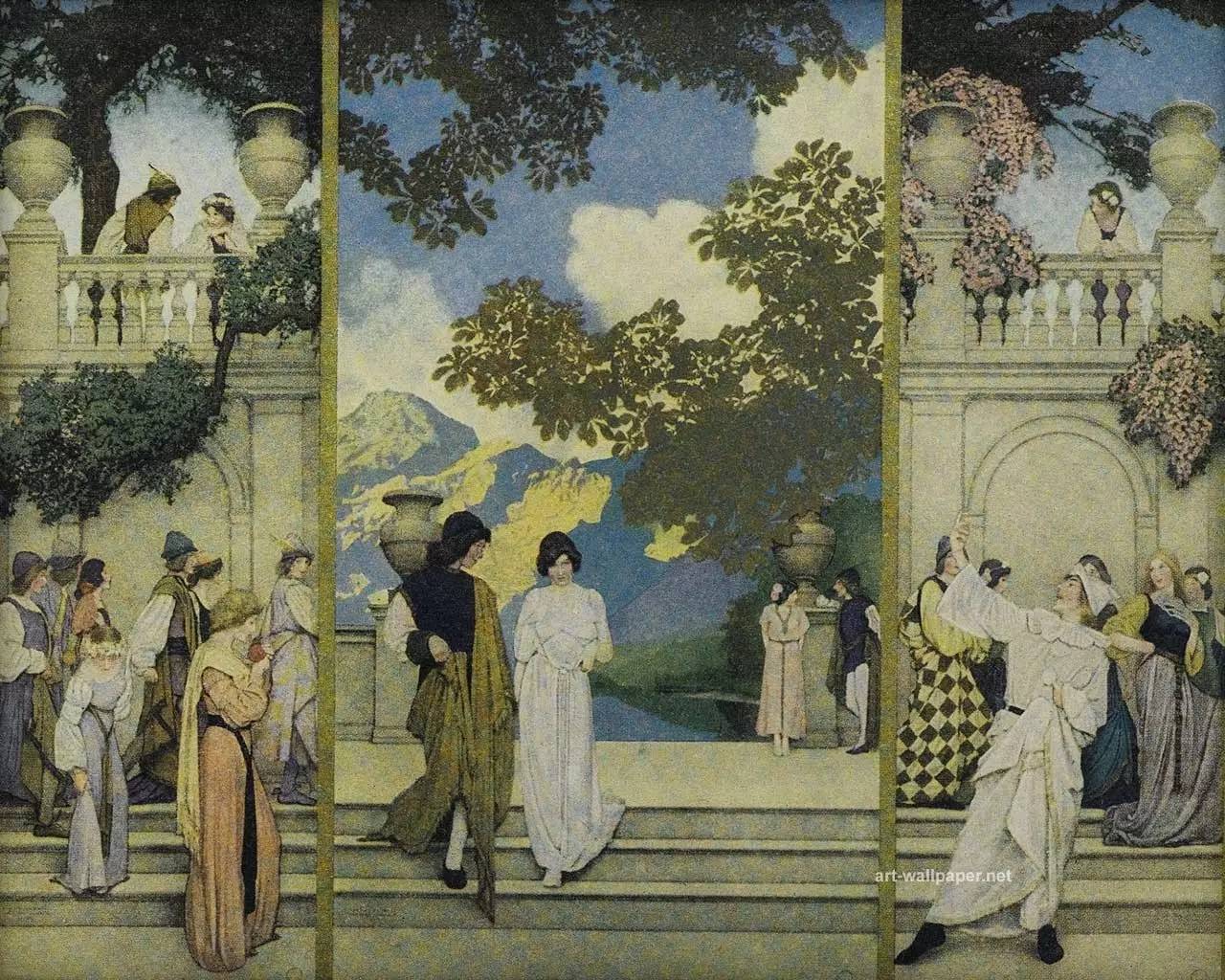
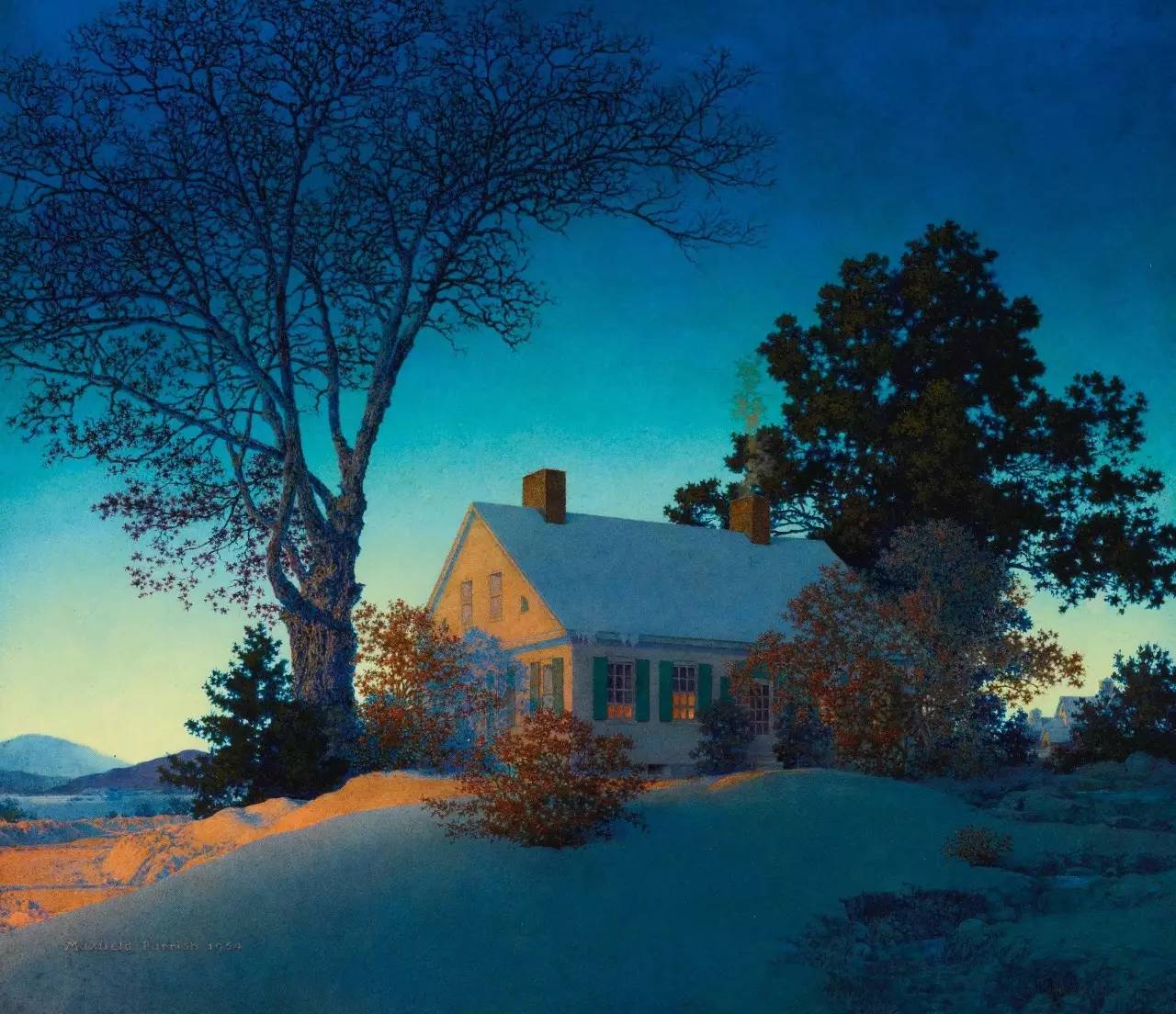
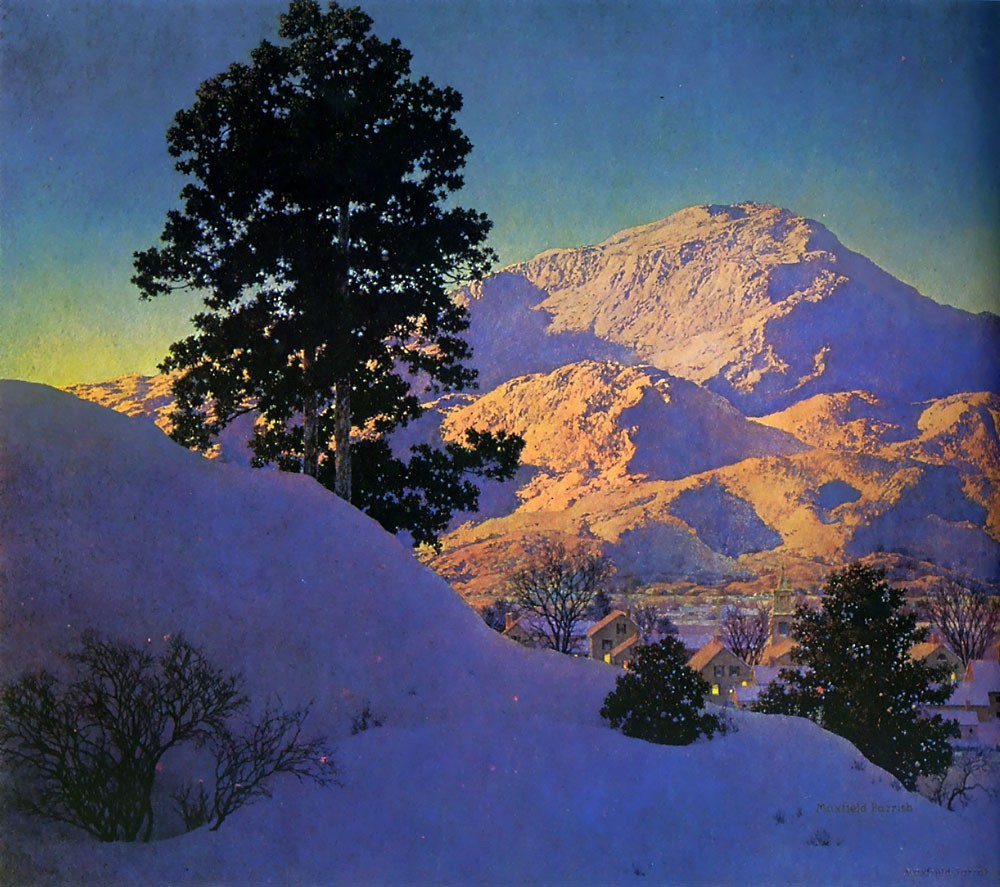

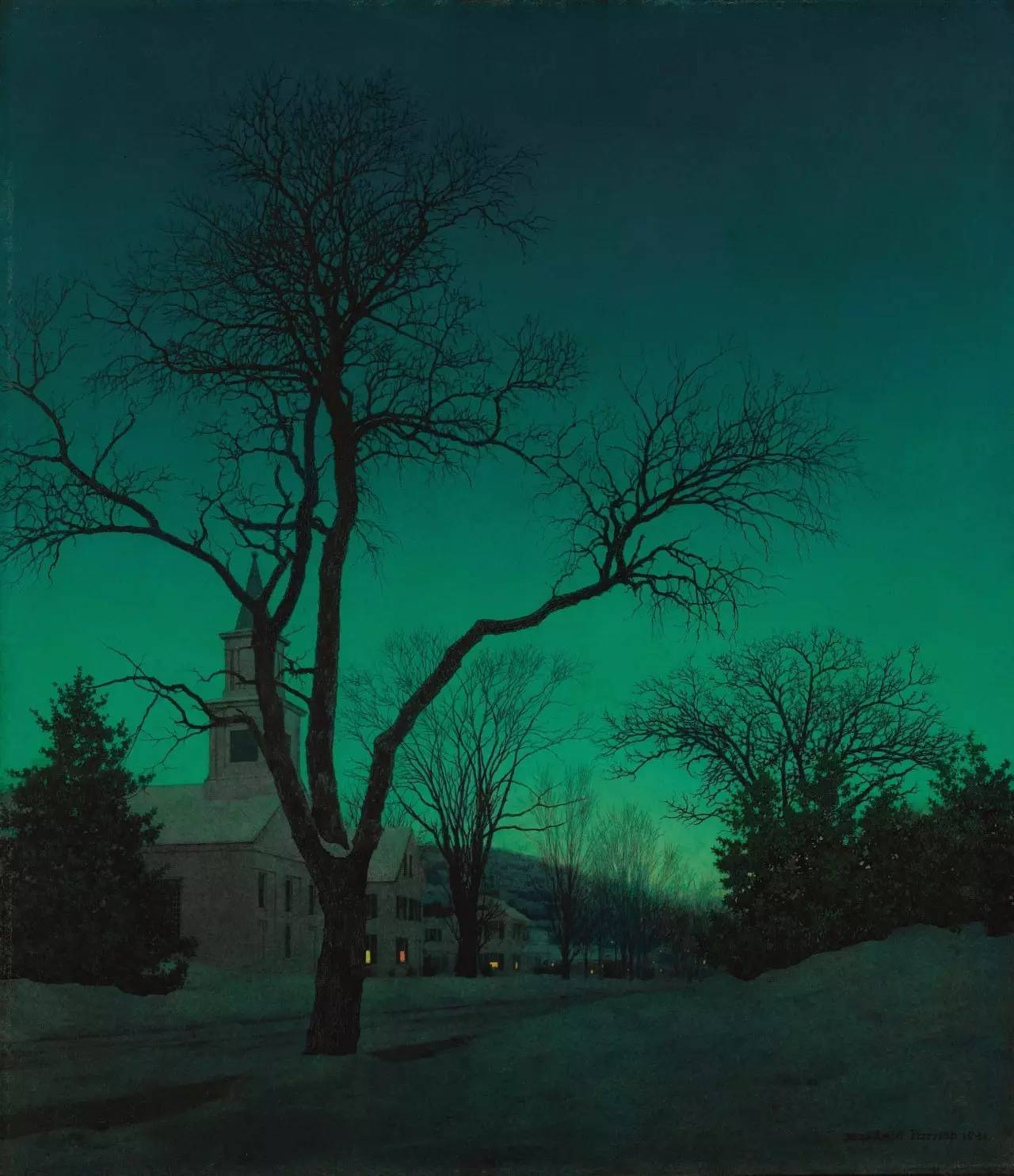
Tags
Who is online
37 visitors


His works are unique, a great American artist.
Oh my gosh, he's my favorite artist ! Thank you for posting this !
I love his work.
Little known fact, Parrish himself posed for some of his painted figures … including some female figures. Also, he rarely, if ever mixed colors, instead, he used colors as they were produced commercially and used translucent layers painted over one another … layers of glazes (oil paint) were dried (on the canvas which was placed in the sun).
Some of Parrish's critics claimed that he, as an artist, "had nothing to say;" even if one accepts that criticism, nevertheless, he said it beautifully!
Thanks for this article, Buzz.
It was because your photo in your article about double exposure made me think of Maxfield Parrish, perhaps because of its colours and composition, that I posted this article. His daughter also posed for him and as an example this painting is called "Ecstasy":
I love his hyper realism and saturated colors.
Always like his work too.
I remember the first time I saw it as a mid teen. Someone had a book and I spent the evening going through it.
I like it
Very nice Buzz.